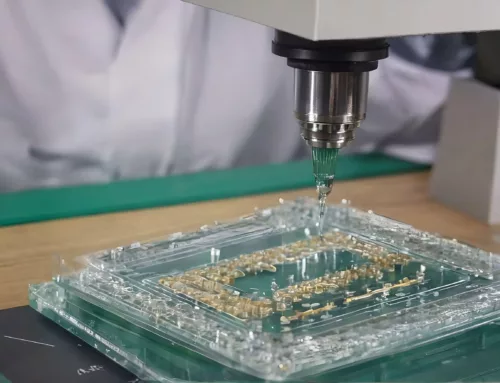Technical Consultancy for Legal Cases
In this article, we wanted to approach a different side of our consultancy work. We regularly offer technical consultancy for legal cases. During this year we will share with you several cases that were remarkable to be a part of and are fascinating from a powder technology and material science perspective. Because we have expertise in working with a variety of industries such as the pharmaceutical, chemical and petro- chemical, automotive, food and feed, cosmetics, paints and coating, and building materials industry we were approached to offer possible clarity in the following case.
Technical Consultancy for this Legal Case
A Belgian museum curating a great number of rare and valuable art pieces found unexplainable dust on their valuable pieces. While there was a demolition nearby, the contractor took precautions to limit the amount of dust exposure. The question then became is the building site dust responsible for the contamination of the paintings.
The exploration
To examine this we took the following steps: First of all the Physico-chemical properties of the material found at the demolition area were determined – size and chemical composition investigated.In order to extract a suitable and representative amount of dust from the HVAC filters, a mechanical dry procedure turned out to be inadequate. Small pieces of the HVAC filter itself accompanied the dust particles, creating distinct conta-minations in the sample.Therefore, a material extraction procedure had to be employed in which ethanol (alcohol) was used to flush the filters; the ethanol gently released the particles from the filter material, and the ethanol including the intended dust particles were collected.The obtained suspension of ethanol with dust particles was dried since the XRF technique must be applied to dry powders. The reference sample collected at the demolition side showed quite different particle sizes and colors and was therefore first milled in a ball mill to homogenize the sample and make it more suitable for an adequate XRF analysis.
Our Conclusion
It should be mentioned that the elemental composition of the concrete dust matches very well that of the anticipated composition of concrete in which calcium and iron (both from cement) and silicon (sand) are expected to be major components. In both samples, sulfur was detected which could be explained by its usage as an additive in concrete to improve its corrosion resistance, which could tentatively explain the presence of a substantial amount of sulfur in both samples.
Furthermore, since sulfur is an element that is not as frequently encountered in all sorts of materials for example as silicon is, this could further support the similar origin of both samples.
Delft Solids Solutions is ready to meet with you
Do you also have a materials challenge or a powder exploration question, please feel free to contact us through the various means as described below, or you can click here to send us an email.
Delft Solids Solutions has offered a great deal of content over the years. Mostly we have talked about the physical properties of powders and granules, technologies, and techniques. We have over 40 years of experience in the expertise areas of porosity and surface area of solids, size, and shape of particles, composition, and a firm understanding of solids behavior. Based on this expertise, we provide a wide range of unique services ranging from the research of materials’ properties, development of new techniques, methodologies, and equipment, innovative research projects for materials development, consultancy in powder technology





